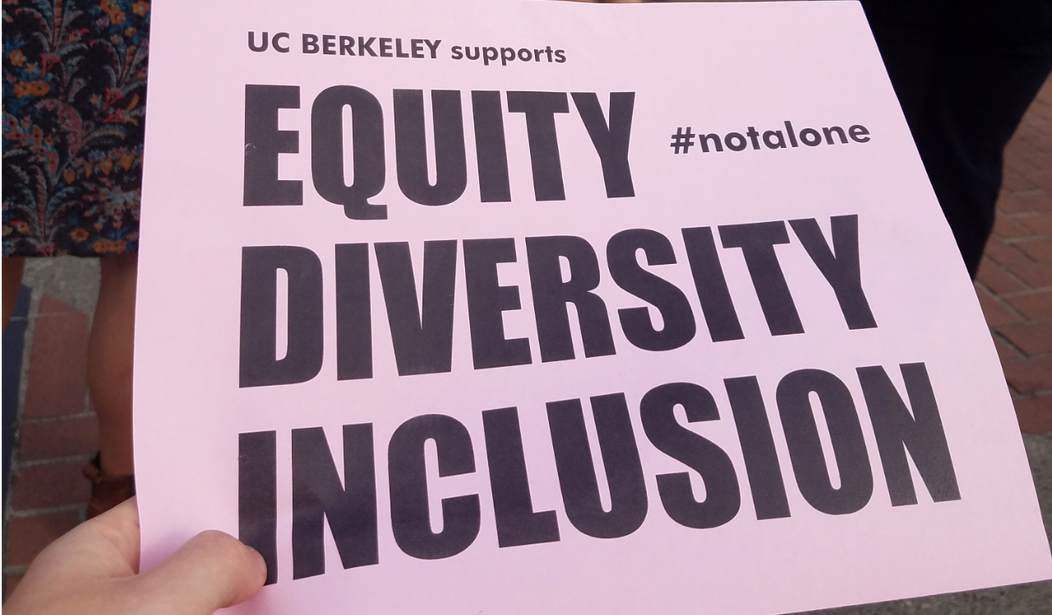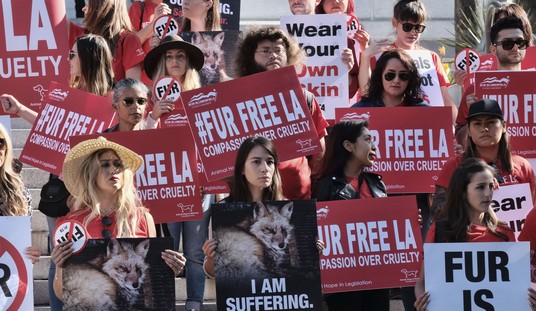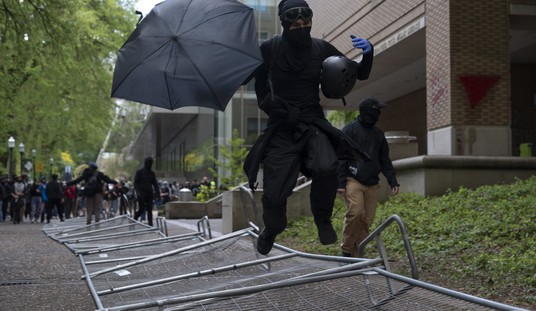In 1971, the Supreme Court heard arguments in Griggs v. Duke Power Co. that challenged Title VII of the Civil Rights Act. Title VII of the 1964 law prohibits racial discrimination by employers. At this time, there had to be evidence of "intentional" discrimination.
The Equal Employment Opportunity Commission (EEOC) claimed that Duke Power was discriminating against black applicants because they required the passing of a standardized test and a high school diploma. The agency argued that the purpose of Title VII was to “accomplish economic results, not merely to influence motives or feelings.”
The justices agreed because the fact that blacks were rejected at a higher rate than whites proved that there was discrimination.
Thus was "disparate impact" born. It has since become a raw numbers game as counting the color of noses became more important than the abilities and intangibles the person attached to the nose could bring to the table. Now simply employing more whites than blacks is grounds for accusing a company of discrimination.
Thus endeth the meritocracy.
America was never a pure meritocracy. Nepotism, favoritism, and, yes, racism played a role in hiring and firing. Human beings ran businesses, and to expect anything else was unrealistic.
Civil Rights groups exploited those facts to create a system that required companies to hire people not based on ability as much as the color of their skin or their gender. There could be no disparate impact on blacks or other minorities.
Disparate impact legal theory explains that even if the company's stated intentions are in compliance with the law, raw statistics can "prove" discrimination.
The disparate impact theory of liability allows litigants to challenge neutrally applied workplace practices that can be discriminatory if statistics show they disproportionately affect people based on their race, sex, or other protected characteristics. These include educational requirements, criminal history policies, and physical fitness and job tests.
In the Supreme Court’s 1971 Griggs v. Duke Power Co. decision, a plaintiff can sue "without the higher burden of demonstrating intentional bias."
This flips the notion of "justice" on its head. It's convicting a company of evil actions despite the fact the company never intended any bad actions.
Disparate impact theory also flies in the face of the Supreme Court's consistent rulings on "racial balancing." That said, the Court also finds policies with an “undesirable racial effect” are invalid.
"If a race-neutral policy affects racial outcomes—or appears to do so—" write Andrew M. Grossman and Kristin A. Shapiro in the Wall Street Journal, "the burden falls on the employer to prove that the policy is essential, a daunting standard."
In practice this means that employers, landlords and other businesses must track and plan for racial outcomes to maintain racial balance. Before adopting policies such as drug tests, they must assess the racial impact and consider alternatives that might achieve a more desirable racial balance. Race must be constantly monitored to identify potential liabilities. As Justice Antonin Scalia noted in his concurring opinion in Ricci, disparate-impact theory places a “racial thumb on the scales” and requires employers to make decisions “because of” racial outcomes.
“Everything is going to have a disparate impact on some protected class, so the first problem with disparate impact liability is that it encompasses everything,” said Joshua Thompson, director of equality and opportunity litigation at the Pacific Legal Foundation.
Trump's Justice Department is likely to reinterpret disparate impact.
“It has been widely speculated that the Department of Justice will revisit the current interpretations of the laws that support certain disparate impact claims,” said conservative activist Edward Blum of Students For Fair Admissions, who challenged race-based admissions in higher education before the Supreme Court and won.
“This may have a significant impact in various areas of public policies,” he said.
That's an understatement, at least, on the legal action employees can take against their employer. Claiming "discrimination" based solely on the fact that fewer minorities are working at a company may follow DEI to the dustbin of history.










